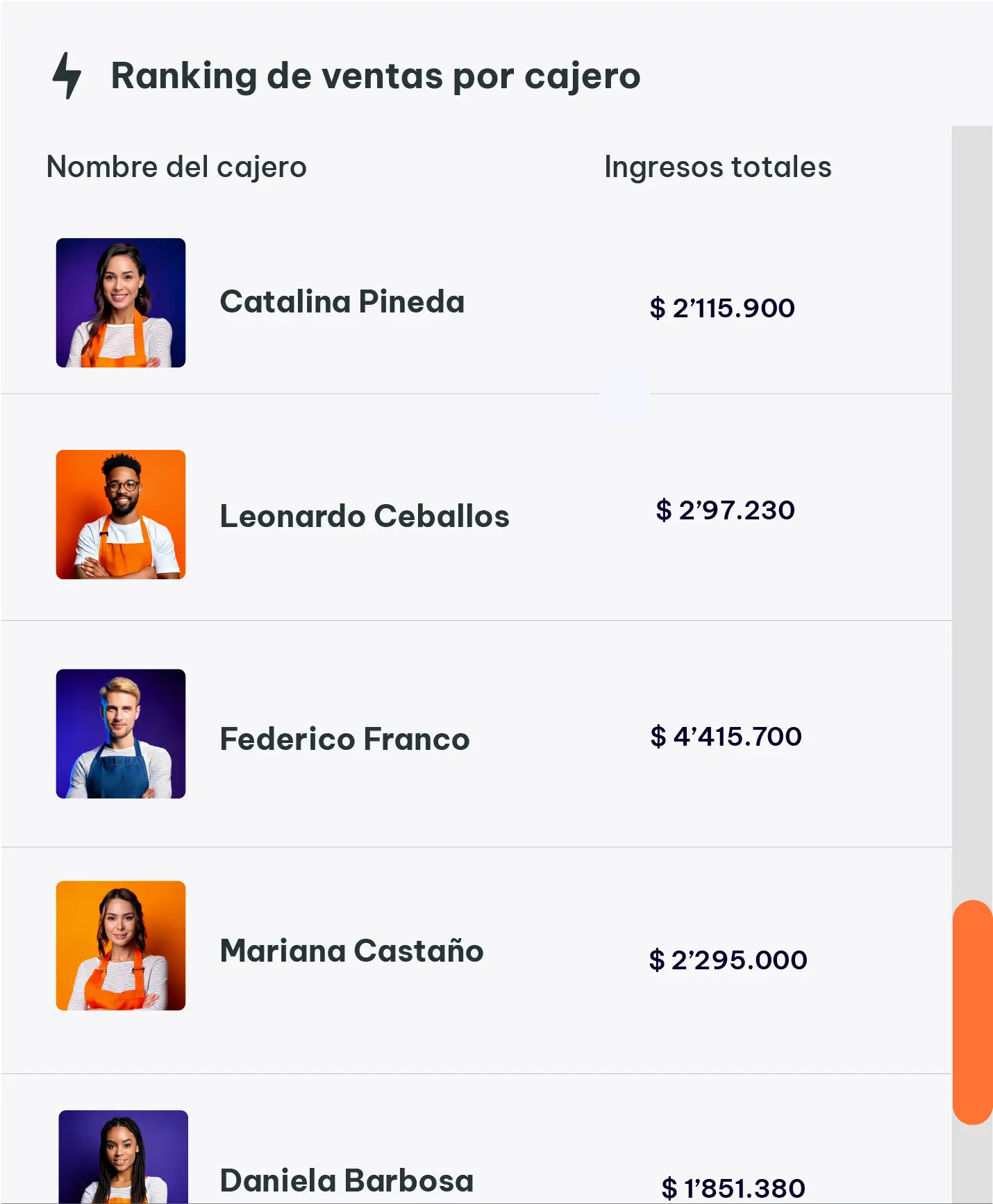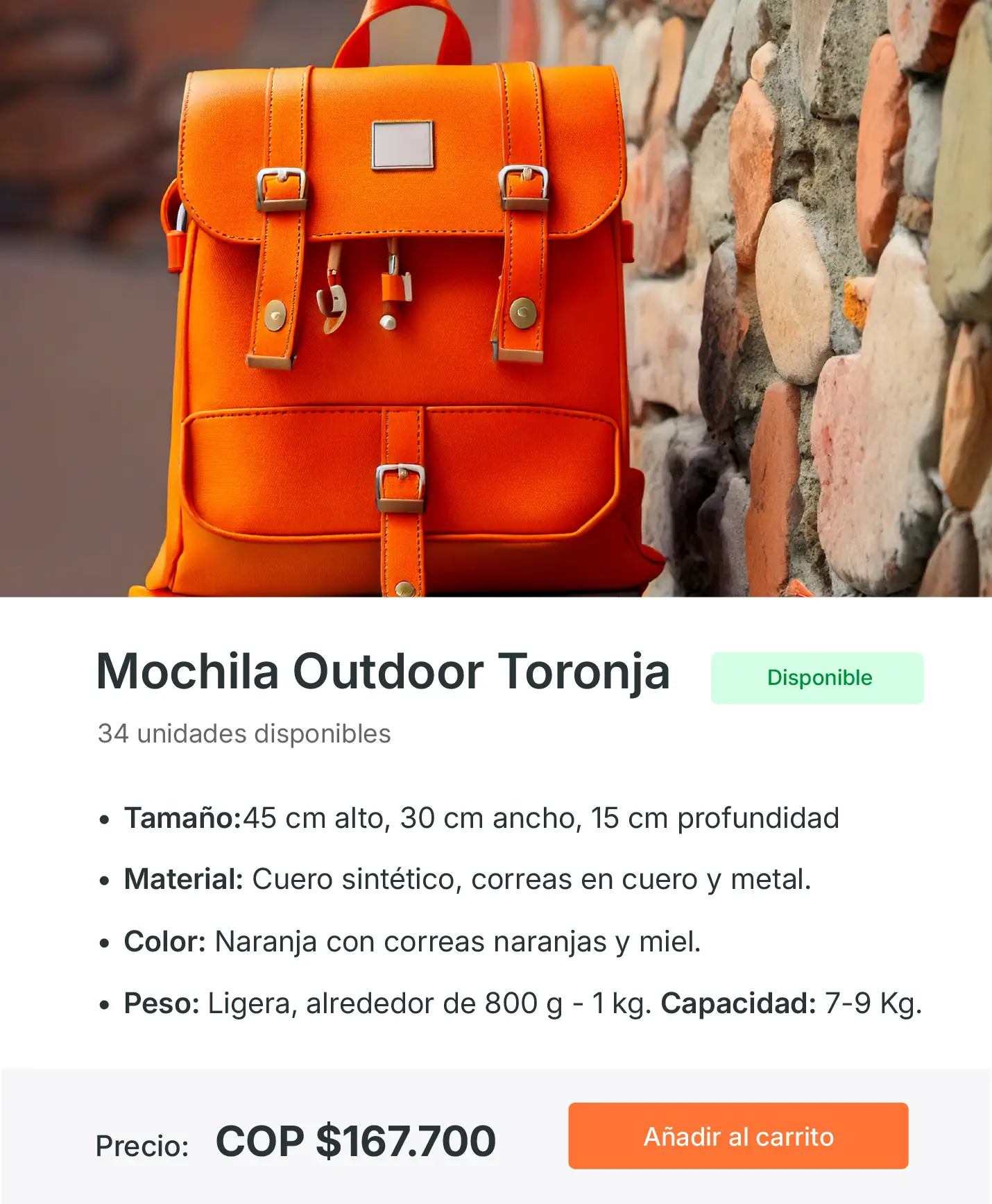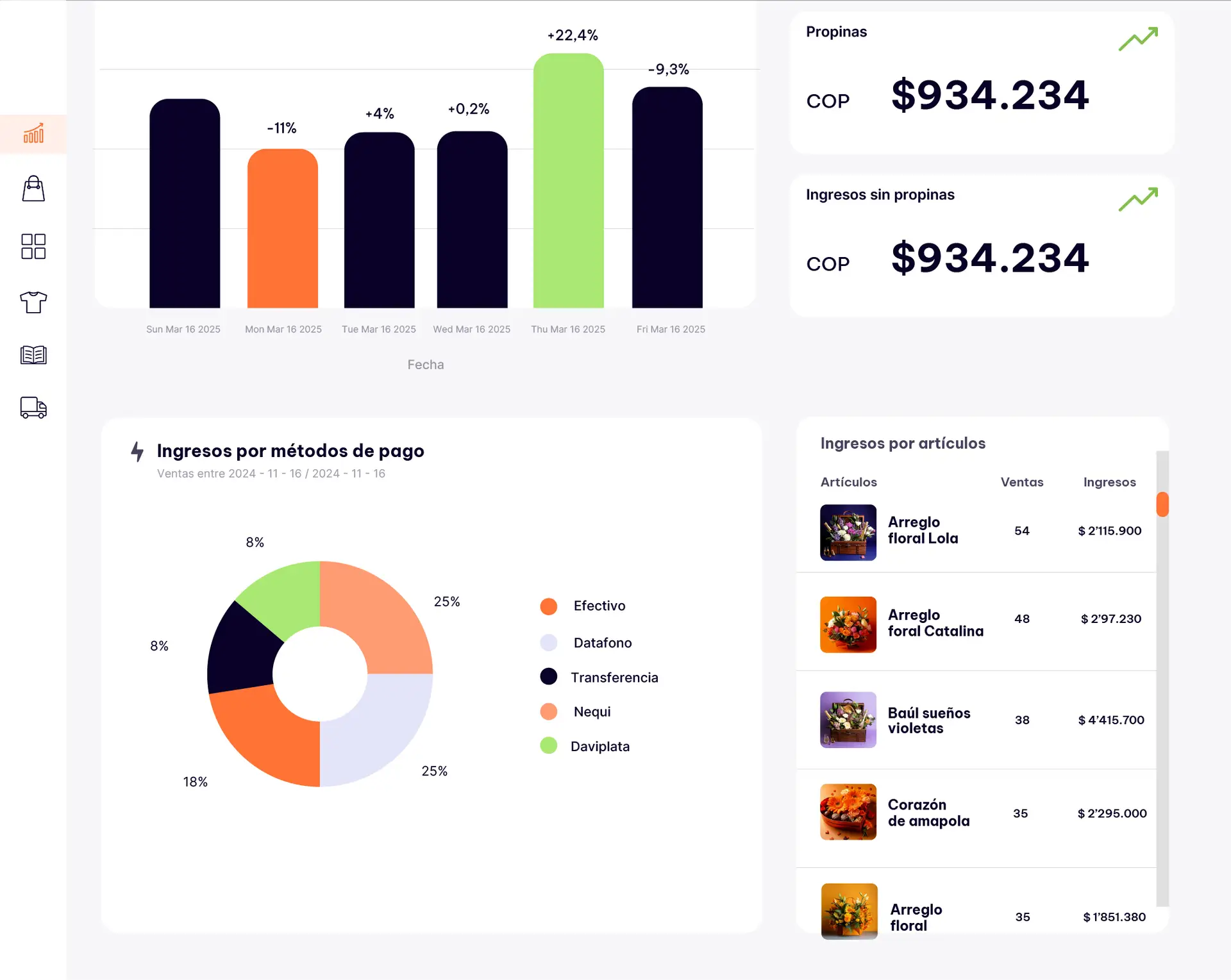Introduction: When Intuition Isn’t Enough
You have the dream. The drive. Maybe even a product idea. But deep down, there’s a question that’s hard to ignore: What if nobody wants what I’m selling?
That fear is not only valid — it’s common. Many first-time retailers pour energy, time, and savings into opening their store, only to discover they misunderstood their customers. Their products don’t sell, their prices feel wrong, or their branding misses the mark.
The truth? Most of these problems could be avoided with one simple tool: market research.
Now, if you’re imagining surveys, data analysts, or expensive reports, pause. We’re not talking about corporate-level research. We’re talking about lean market research — fast, affordable, and designed for entrepreneurs like you.
Lean research is not about perfection. It’s about clarity. It’s about learning just enough to make confident decisions without wasting resources. It helps you validate ideas, understand what your customers want, and reduce guesswork before you invest in inventory, branding, or store design.
In this article, you’ll learn five simple, powerful techniques to do market research on a small budget. No jargon. No complicated tools. Just real, practical steps you can take this week — with nothing more than your phone, notebook, and a curious mind.
Whether you’re launching a fashion boutique, a pet store, a café, or a neighborhood shop, lean research gives you something every entrepreneur needs: answers.
Let’s dive into the first step — and it starts where your customers already are.
1. Visit Competitor Stores (Online and Offline)
One of the easiest ways to understand your market is to study your competitors. Visit their stores, scroll through their websites, analyze their social media, and pay attention to the details.
You’re not copying — you’re learning.
Look for:
- Product variety: What types of items do they offer? What’s missing?
- Pricing strategy: Are their prices higher or lower than you expected? Are there different price tiers?
- Store layout and display: How do they present their products? What do customers see first?
- Customer reactions: In physical stores, observe how people shop. Online, read the comments and reviews. What are they praising or complaining about?
- Brand identity: What tone of voice do they use? Are they friendly, playful, luxurious, minimalist?
This kind of research shows you what’s already working — and where there may be gaps you can fill.
For example, you might notice that three local mini-markets don’t carry eco-friendly cleaning products. That’s a real opportunity. Or maybe fashion shops in your area target teens, but none speak to working women. That’s another potential niche.
Practical Exercise
Choose three local or online competitors. For each, answer:
- What are they doing well?
- What seems to be missing?
- How are customers responding? Then, write one idea for how your store could stand out.
2. Talk to Real People in Your Community
Nothing beats talking directly to the people you want to serve. You don’t need to be a trained researcher. You just need to ask good questions — and listen.
Who can you talk to?
- Friends or family who match your ideal customer
- Neighbors, coworkers, or parents at your kids’ school
- Customers at local markets or community events
What should you ask?
- What do you usually buy in [your product category]?
- Where do you shop and why?
- What do you wish local stores offered that they don’t?
- What makes you choose one shop over another?
- What frustrates you when you go shopping?
Keep it casual. These aren’t interviews — they’re conversations. If possible, take notes or record short voice memos (with permission).
You’ll likely hear common themes that will help you refine your product mix, pricing, and customer experience.
For example, if several people say they don’t trust the freshness of local produce, maybe your store focuses on transparency or direct-from-farm sourcing. If they say they hate pushy salespeople, you can train your staff to be more relaxed and helpful.
Practical Exercise
Talk to at least 5 people this week. Write down their most repeated answers. Then, identify 3 insights that surprised you or confirmed your assumptions — and how you might apply them.
3. Use Simple Online Surveys (The Right Way)
Online surveys are a fast, scalable way to collect opinions — but they only work if you keep them short, targeted, and actionable.
Use free tools like Google Forms, Typeform, or WhatsApp polls. You can also post them in community groups, on your personal social media, or via customer chats if you’ve already started selling.
Keep your survey under 6 questions. Focus on clarity, not cleverness.
Ask questions like:
- What are the 3 things you look for when buying ?
- How much do you usually spend on ?
- What’s something you dislike about shopping for ?
- Which of these features would make you choose one store over another?
You can also use multiple-choice or rating scales to make results easier to analyze.
Be careful not to ask leading questions like: “Would you buy from my store if I opened one next month?” That’s hypothetical. Focus on current behavior, not imagined promises.
Practical Exercise
Create a 5-question survey and send it to 15–20 people. Then:
- Analyze the most common answers.
- Look for patterns or preferences.
- Write 3 decisions you could make based on the data.
4. Analyze Social Media Conversations (No Followers Needed)
You don’t need a large social media presence to do research — you just need to observe where your audience already hangs out.
Social platforms like Instagram, Facebook, TikTok, and even Reddit are full of valuable insights if you know what to look for.
Here’s how to do it:
- Search hashtags relevant to your product or niche (e.g., #ColombianCoffee, #SmallPetCare, #LocalBookstore).
- Explore competitor pages and read the comments: What are people asking for? What types of posts get the most engagement?
- Join Facebook groups or WhatsApp communities related to your product (e.g., local moms, pet owners, fashion deals).
- Use TikTok’s search bar as a discovery tool: what videos come up when you search your product?
Look for recurring needs, product frustrations, and customer language. Pay attention to how people describe their problems — those exact words can help shape your messaging later.
For example, maybe you find that customers are constantly asking about gluten-free bread in your neighborhood group. Or that pet owners complain about overpriced grooming services. These clues can lead directly to real opportunities.
Practical Exercise
Spend 2 hours browsing social media for your niche. Take screenshots or notes of:
- Common questions people ask
- Products they praise (or hate)
- Language they use to describe their needs
Then write 3 ideas for product, service, or content improvements based on what you found.
5. Test Before You Build: Pre-Sell or Prototype
Once you’ve gathered data, it’s time to test your idea in the real world — before investing heavily. This is the most powerful (and often overlooked) part of lean market research.
There are two great ways to do this:
A. Pre-selling
Create a basic product listing or flyer for something you plan to offer. Share it with your network and ask: “Would you like to pre-order this?” You can offer a small discount or incentive.
This tells you whether people are willing to buy — not just say they would.
B. Pop-up tests or sample days
Sell your product at a local fair, event, or in a shared space for a day or weekend. Watch how people respond. What questions do they ask? What makes them hesitate?
These small experiments are incredibly valuable. They give you real behavior, not opinions. You see what people buy, how they react, and whether your idea holds weight.
Plus, you build confidence and momentum.
Practical Exercise
Design a mini test of your business idea. Choose one:
- Offer a pre-sale on WhatsApp or Instagram
- Set up a stand at a weekend market
- Share a mock-up of your store’s concept and ask 10 people for feedback
Track results and write 3 things you’d improve before investing further.
Final Reflection: You Don’t Need a Big Budget — Just Better Questions
As a new retailer, it’s tempting to skip research and “go with your gut.” But intuition without data is just guessing — and guessing gets expensive.
Lean market research isn’t about doing everything perfectly. It’s about doing just enough to reduce your risk and increase your clarity. And the truth is, the tools are already in your hands: your phone, your notebook, your curiosity, and your community.
You don’t need expensive consultants, high-tech software, or complex spreadsheets. You need to listen better. To ask real people the right questions. To observe behavior with attention and humility.
And you need to act on what you learn.
Research won’t eliminate uncertainty — but it will replace fear with focus. It gives you the confidence to say: “I’m not just starting a store. I’m solving a real problem for real people.”
The most successful small retailers don’t guess better than you. They just listen more. And they build stores that feel familiar to their customers — because they were built with their customers in mind from day one.
So if you’re starting small, start smart.
Ask. Listen. Test. And build something that truly fits the people you’re here to serve.
That’s what turns limited budgets into lasting businesses.





